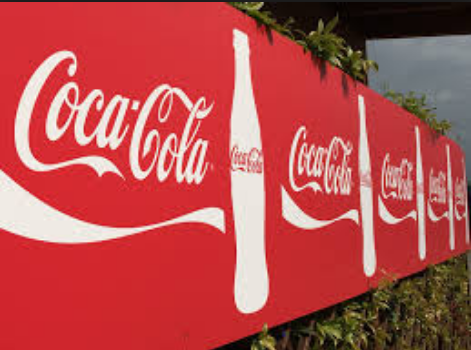The Coca-Cola Company has completed its purchase of Nigerian juice and dairy company Chi, three years after buying an initial 40% stake.
Headquartered in Lagos, Chi produces juice and iced tea under its Chivita brand, value-added dairy products under the Hollandia brand, as well as a range of snacks.
Coca-Cola acquired its first stake in February 2016 from Tropical General Investments Group, the holding company for Chi.
According to Coca-Cola, juices and value-added dairy categories rank among the fastest-growing beverage segments in Nigeria and Africa. The company said the acquisition further signals its optimism about Africa’s consumer opportunity and a commitment to its long-term investment and growth plan on the continent, where it has been present for more than 90 years.
Peter Njonjo, president of the West Africa business unit of Coca-Cola, said: “Coca-Cola is continuing to evolve as a total beverage company, and Chi’s diverse range of beverages perfectly complements our existing portfolio, enabling us to accelerate expansion into new categories and grow our business in Africa.
“We will support the Chi management team in building on the company’s remarkable heritage and achievements while using the scale of the Coca-Cola system to replicate their success in more markets across Africa.”
The deal follows a spike in acquisitions carried out by The Coca-Cola Company in the second half of 2018, including deals for sports drink brand Body armour, UK coffee chain Costa, Australian kombucha drinks maker Mojo, French fruit beverage brand Tropico and Australian firm Made Group.
In November, James Quincey, Coca-Cola CEO, said all the deals form part of the firm’s strategy of becoming more consumer-centric.
Quincey highlighted the reasoning behind the company’s mergers and acquisitions, including filling gaps in its beverage portfolio or entering emerging categories; building capacities across its supply chain, such as ingredient or equipment solutions, or digital reach; as well as pursuing different priorities in each region of the world.














